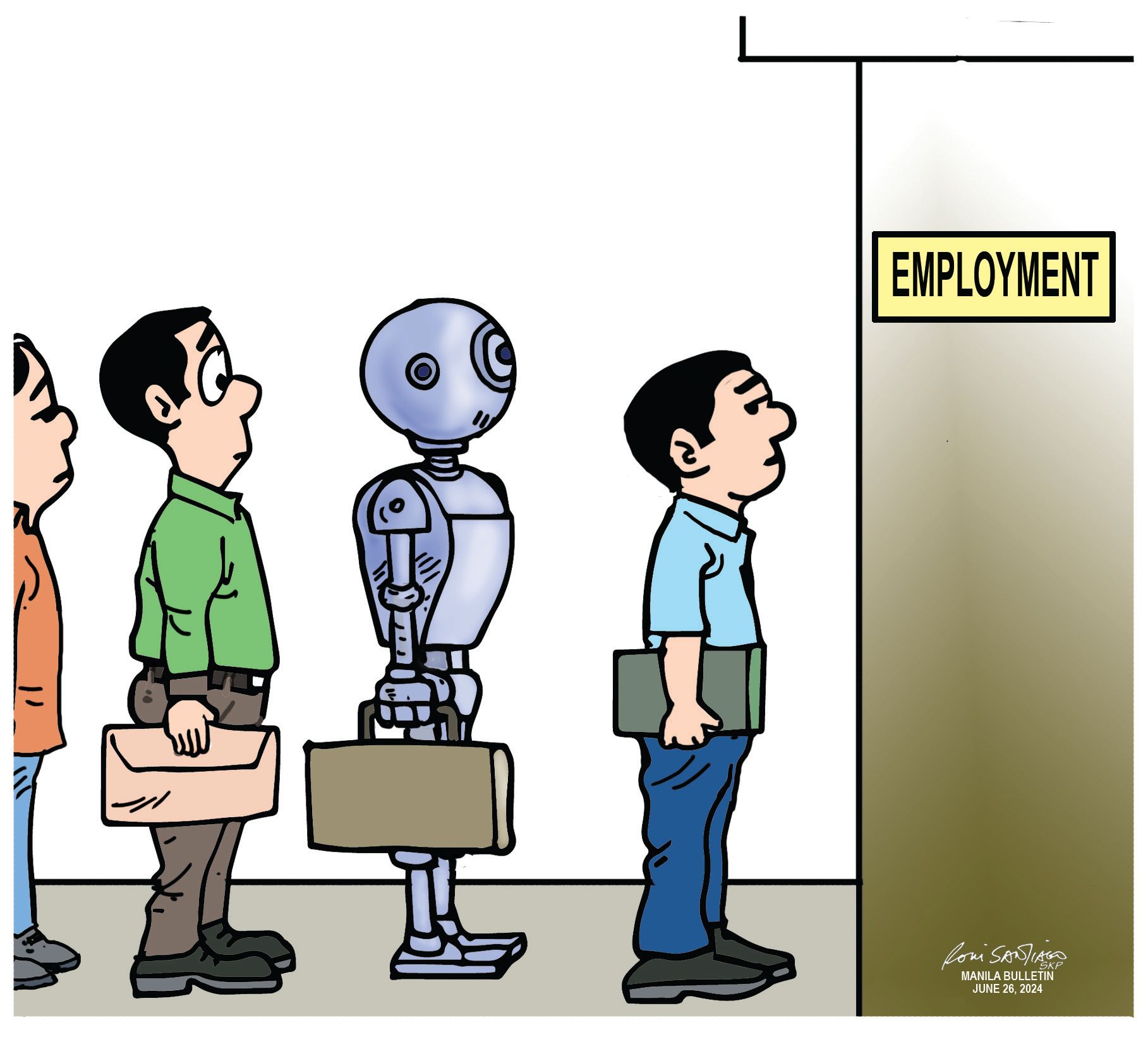Employers' priority focus: Job generation, adapting to technology-driven environment

Today and tomorrow, participants at the 45th National Conference of Employers at the Manila Hotel are focusing on Job Generation in a Technology-Driven Environment. Indeed, technology is the defining element for job creation and employment. Employers are seeking to hire young people who are coming out of college, from age 18 or older, were born in 2006, just past the midpoint of Generation Z, reckoned between 1997 and 2012. Members of this generation are characterized as: “Digital natives with global visions growing up in a hyper-connected world, (they) bring digital fluency and a commitment to inclusivity, reflecting a globalized society.”
The convenors have adopted the World Economic Forum concept of Industry 4.0 or the Fourth Industrial Revolution that “represents a fundamental change in the way we live, work and relate to one another... a new chapter in human development, enabled by extraordinary technology advances... (that are) merging the physical, digital and biological worlds in ways that create both huge promise and potential peril.”
Such unprecedented changes occurring at a frenetic pace are “forcing us to rethink how countries develop, how organizations create value and even what it means to be human.” Going further, Industry 5.0 refers to the interface between humans, robots and smart machines that are working together to achieve enhanced resilience and sustainability. The WEF states: “Where Industry 4.0 focused on technologies such as the Internet of Things and big data, Industry 5.0 seeks to add human, environmental and social aspects back into the equation.”
The key to unleashing streams of opportunity is adaptation, that is attainable only through constant mindfulness and agility. In a global environment buffeted by armed conflict as well as stealthy competition in cyberspace, rewards await those that are capable of embracing dynamic changes in a global environment buffeted by armed conflict as well as stealthy competition in cyberspace.
After five decades, the Philippine economy is still hobbled by the inability to offer enough well-paying jobs that will moderate the outflow of Filipinos into overseas job opportunities.
According to the Philippine Statistics Authority (PSA), unemployment dropped to 4.0 percent as of April 2024. This translates to 2.04 million unemployed individuals versus 2.15 million in January 2024 and 2.26 million in April 2023. On a broader scale, if we were to include all employable Filipinos from 15 years old, the labor force participation rate in April 2024 was one percent lower than the 65.1 percent clip attained in April 2023, but 3.0 percent higher than the January 2024 level.
The National Economic and Development Authority (NEDA) asserts that the investment in human capital and infrastructure development are the twin imperatives to creating the quality jobs that fit the bill in both Industry 4.0 and Industry 5.0 scenarios. Beyond improving education, human capital investment covers enhancement in the quality of healthcare and social services. A comprehensive employment generation and recovery masterplan entitled Trabaho Para sa Bayan (TPB) is being drawn up “to address unemployment, underemployment, informal working arrangements, and other labor market challenges.”
Finally, support will be provided to micro, small, and medium enterprises and industry stakeholders to ensure that all critical value chain components are covered, and that no one is left behind.